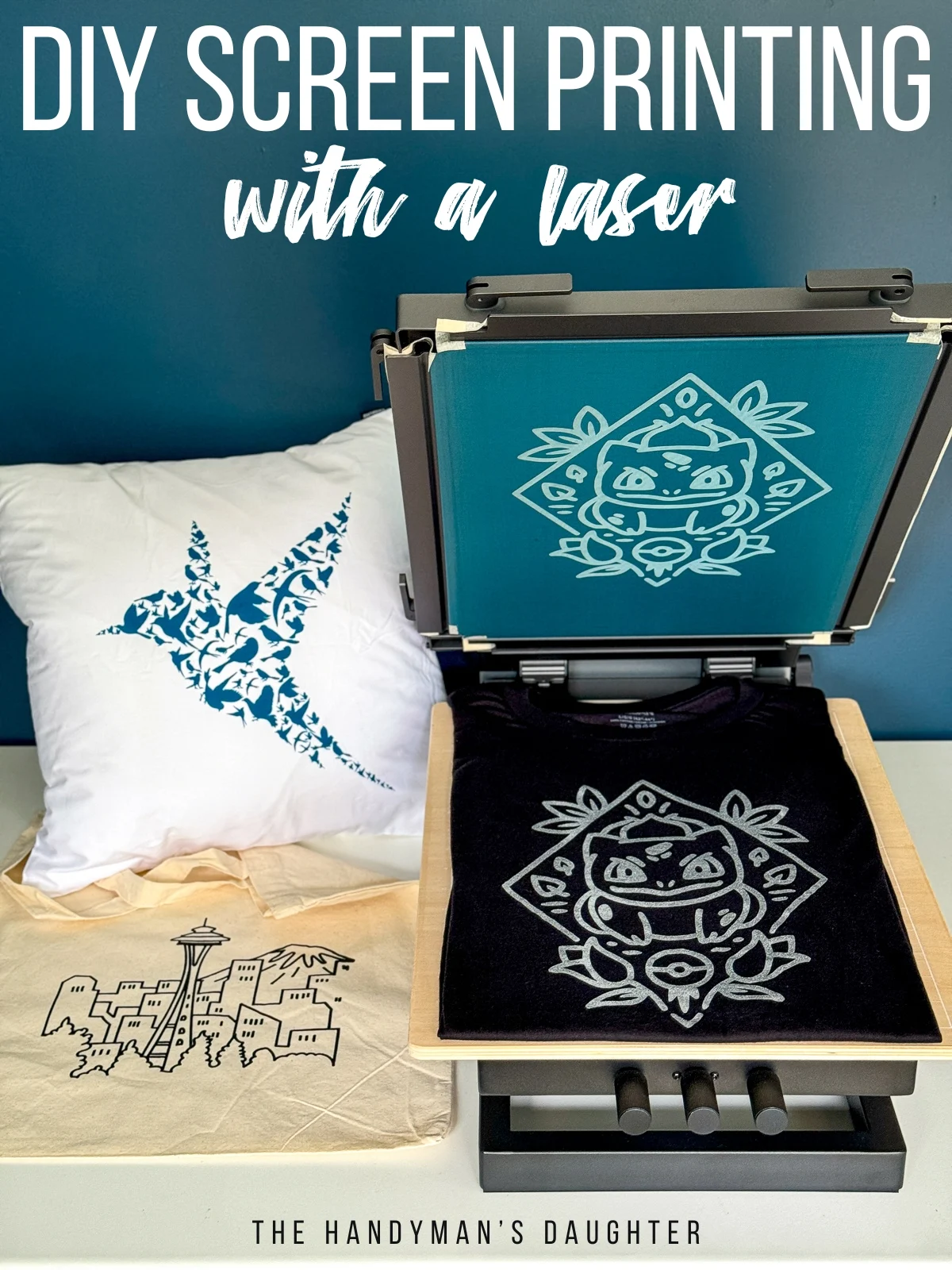ChatGPT said: 10:9 Design reviews: uncovering the strengths and weaknesses
Wiki Article
The Important Overview to Recognizing Screen Printing and Its Versatile Makes use of
Screen printing has a rich background that dates back to ancient times, developing into a sophisticated strategy used across different industries today. This overview discovers the intricacies of the screen printing procedure, describing its applications in advertising, fashion, and home design - 10:9 Design Screen Printing. Comprehending these basics can open imaginative possibility for both creative and business jobs. The adhering to sections will reveal crucial pointers and strategies to enhance one's screen printing undertakingsThe History of Screen Printing
Screen printing has roots that map back centuries, its evolution shows the imaginative and technical innovations of numerous societies. Coming from in ancient China, the strategy was initially made use of for embellishing textiles and later infect Japan, where it became essential to Ukiyo-e woodblock printing. The method moved to Europe in the 18th century, where it got popularity amongst artisans and commercial printers. The development of picture solution in the 20th century transformed screen printing, permitting more elaborate designs and better effectiveness. Artists like Andy Warhol even more thrust its popularity, utilizing the medium to create legendary works that blended commercialism and fine art. By the late 20th century, screen printing had actually established itself as a versatile method, utilized in vogue, advertising and marketing, and great art. Today, it remains to advance, incorporating digital innovation and expanding its applications throughout numerous sectors.The Screen Printing Refine Explained
Screen printing transforms artistic visions into concrete layouts through a series of exact actions. At first, an image is produced and after that moved onto a screen, typically made of great mesh material extended over a framework. A light-sensitive solution is used to the screen, which is subjected to light, hardening in locations not covered by the picture. After washing out the unhardened solution, a pattern is created.Next off, the screen is placed over the substratum, whether it be fabric, paper, or another material. Ink is after that pushed through the open locations of the pattern making use of a squeegee, transferring the design onto the substratum listed below. This procedure can be duplicated for numerous shades, requiring separate screens for each and every color. The printed product is cured making use of warm to ensure the ink adheres effectively, resulting in a durable, vibrant layout all set for use.
Sorts Of Screen Printing Techniques

In addition, specialty techniques, such as discharge screen printing, eliminate dye from the material to create softer prints, while foil screen printing uses metallic aluminum foil to attain a glossy finish (10:9 Design contact). Each technique offers distinct attributes, dealing with various creative demands and production scales, eventually increasing the opportunities within the screen printing domain
Applications of Screen Printing in Numerous Industries

Additionally, the signs and marketing markets use screen printing for producing attractive screens and banners. This method enables for strong shades and intricate styles that record focus. In electronics, screen printing is utilized for applying conductive inks to motherboard, important for element connections. The home decoration market welcomes screen printing to generate distinctive styles on fabrics and wall art. On the whole, screen printing functions as an important device throughout varied areas, improving products with individualized and visually appealing graphics.
Tips for Effective Screen Printing Projects
While taking on a screen printing helpful hints job, cautious attention to information can significantly enhance the final end result. Initially, picking top notch products is essential; this includes the screen, inks, and substratums. Making use of proper mesh counts can impact ink deposition and detail resolution. Prep work is similarly vital; complete cleansing of screens and proper exposure times ensure crisp prints.Next off, accurate registration is critical for multi-color prints. Making use of positioning tools can aid attain accurate layering. Additionally, testing prints on scrap materials prior to manufacturing helps determine prospective problems without wasting resources.

Often Asked Questions
What Products Are Finest for Screen Printing on Material?
Cotton and polyester blends are optimal for screen printing on textile due our website to their resilience and ink absorption. Furthermore, specialty fabrics like silk or canvas can generate unique structures and surfaces, boosting the general style high quality.How Do I Tidy and Maintain Screen Printing Tools?
To clean and keep screen printing devices, one need to consistently clean displays with ideal solvents, evaluate squeegees for wear, lubricate moving components, and store all items in a dry, dust-free environment to extend their life-span.What Are the Environmental Influences of Screen Printing?
Screen printing can have substantial ecological impacts, consisting of chemical waste from solvents and inks, water usage during cleaning procedures, and power intake. Environment-friendly products and sustainable techniques are essential for reducing these negative impacts.Can Screen Printing Be Done at Home Properly?
Screen printing can be properly done at home with the appropriate materials and strategies. Hobbyists can develop quality prints, though success depends on their skill degree, equipment, and understanding of the process entailed.
What Are the Costs Connected With Beginning a Display Printing Business?

Starting a screen printing company entails costs for devices, materials, and office. Initial expenses usually range from a couple of hundred to numerous thousand dollars, depending upon the range, high quality of machinery, and wanted production ability.
Screen printing has a rich history that dates back to old times, advancing right into an advanced strategy used throughout various industries today. An additional method, rotary screen printing, employs round screens, facilitating continual printing on fabric rolls, consequently boosting efficiency for large-scale manufacturings. Furthermore, specialty strategies, such as discharge screen printing, remove color from the material to produce softer prints, while aluminum foil screen printing applies metallic foil to attain a glossy surface. In the fashion market, screen printing is commonly made use of to develop vivid designs on clothing, enabling brands to display their one-of-a-kind styles. Cotton and polyester blends are excellent for screen printing on fabric due to their longevity and ink absorption.
Report this wiki page